 Happy life in Xinjiang
Happy life in Xinjiang
 2014 China Hainan Int'l Automotive Exhibition kicks off
2014 China Hainan Int'l Automotive Exhibition kicks off
 Collection of 'China Dream' public-spirited ads
Collection of 'China Dream' public-spirited ads
 The silent holy stones
The silent holy stones
 University students take care of giant pandas
University students take care of giant pandas
 Leading lady a true legend
Leading lady a true legend
 China Pan-Asia Stone Expo held in Kunming
China Pan-Asia Stone Expo held in Kunming
 Taiwan woman marries into Kazak family, 100 sheep plus a flat as dowry
Taiwan woman marries into Kazak family, 100 sheep plus a flat as dowry
 College girls take graduation photos under water in Chongqing
College girls take graduation photos under water in Chongqing
 Cartoon: Xi and football
Cartoon: Xi and football
BEIJING, July 15 -- The publication of confessions by Japanese war criminals has renewed Chinese anger over the World War II atrocities and led to fresh calls for efforts to defend peace.
China to date has published the full texts of confessions by 13 convicted Japanese war criminals.
They are: Suzuki Keiku, Fujita Shigeru, Kamisaka Katsu, Nosuke Sasaki, Tsutomu Nagashima, Kenjiro Funaki, Shintaro Uno, Hideo Sakakibara, Juntaro Tominaga, Hiroshi Jono, Keiji Saganaka, Shuichi Kikuchi and Hiroyuki Nagatomi.
JAPANESE ATROCITIES
In a 56-page confession, Hideo Sakakibara, former head of the Linkou Branch of the Epidemic Prevention and Water Supply Detachment of the Kwantung Army, said, "According to the mission of the Linkou Branch, I prepared for germ warfare during my term of office. I ordered Section Supervisor of the First Section Major Nishiya to do the bacteria preservation and cultivation work."
Sakakibara detailed how, in April 1945, he took part in a "killing experiment" in Heilongjiang Province in which four Chinese people were tied to poles buried in the ground.
"A light bomber flew over the proving ground, dropping from 150 meters pottery bombs which exploded 50 meters above the ground," he continued. "Wearing a full set of protective clothing, I watched the whole process of this extremely cruel atrocity from five to six hundred meters away. The bombs were filled with anthrax bacteria, which the Chinese inhaled through their respiratory tracts, causing incurable pulmonary anthrax or cutaneous anthrax where the pieces broke their skin."
Fujita Shigeru said he told officers, "Killing people is a quick way to get soldiers accustomed to the battlefield, as it can test their courage. For this purpose, it is better to use captives."
In June 1945, they "maltreated and killed captives in Jinan", and "over 600 captives of the Jinan Internment Camp who had been forced to build battle positions were bayoneted to death in soldier training."
In Kamisaka Katsu and Shintaro Uno's confessions, they admitted that their troops used poison gas on both Chinese soldiers and civilians.
Hiroshi Jono meanwhile said he "used the security forces to cover the collection of 150,000 tons of grain and about 200,000 tons of iron in the whole province for the Japanese army."
"I saw more than 10 gas shells dropped on the position of the PLA and explode," he wrote.
Hiroyuki Nagatomi confessed that he personally killed 61 Chinese people and ordered the killing of another 207.
When serving as instructor of the Security Team in Huoxian County, Nagatomi set up a brothel served by Chinese sex slaves "in order to indulge the Security Team members with women and prevent [the women's] escape," "and I could satisfy my own animal desire too."
 |
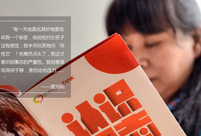 Moms on their kid’s coming out
Moms on their kid’s coming out Chinese fighters through lens
Chinese fighters through lens
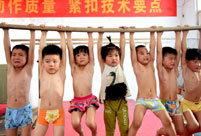 Children attend gymnastics training in summer
Children attend gymnastics training in summer
 Beautiful sceneries along the special travel route in Xinjiang
Beautiful sceneries along the special travel route in Xinjiang
 Beauty SWAT member in Xinjiang sparks online frenzy
Beauty SWAT member in Xinjiang sparks online frenzy
 Germany beat Argentina 1-0 to win World Cup
Germany beat Argentina 1-0 to win World Cup
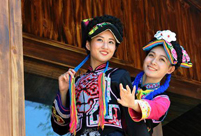 National fitness team members integrate traditional and modern beauty
National fitness team members integrate traditional and modern beauty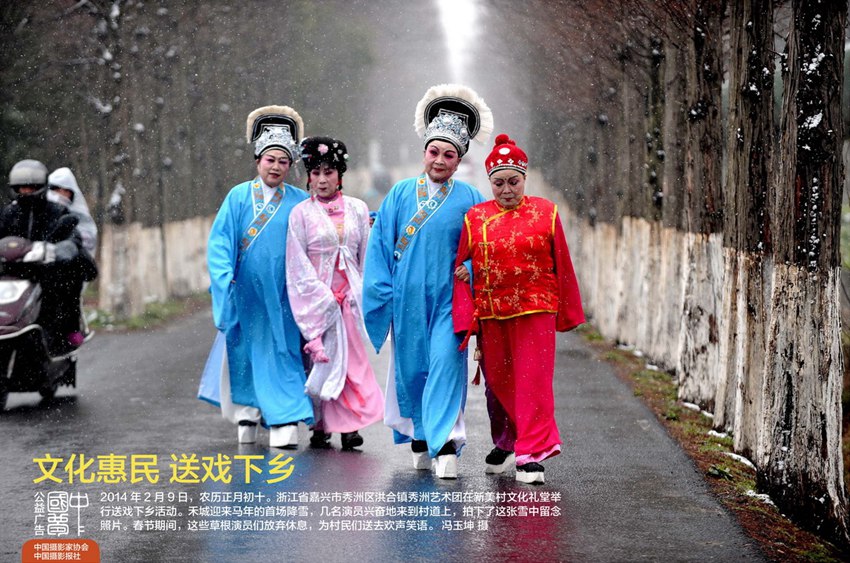 Collection of 'China Dream' public-spirited ads
Collection of 'China Dream' public-spirited ads 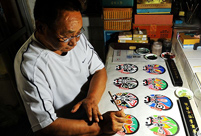 How Chinese men kill the time when their wives practice square dancing?
How Chinese men kill the time when their wives practice square dancing? China's largest 3D printer builds 2-meter-long boat
China's largest 3D printer builds 2-meter-long boat
 One-legged women with high heel goes viral on Internet
One-legged women with high heel goes viral on Internet Photos of the Week
(July 6 - July 12)
Photos of the Week
(July 6 - July 12)
 'Super moon' seen in Beijing
'Super moon' seen in Beijing
 Happy life in Xinjiang
Happy life in Xinjiang
 'Finding Nemo' in Seattle Aquarium
'Finding Nemo' in Seattle AquariumDay|Week|Month